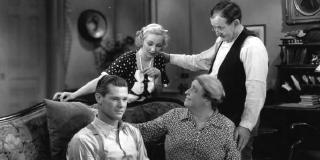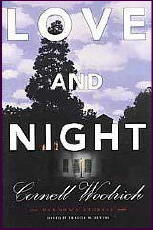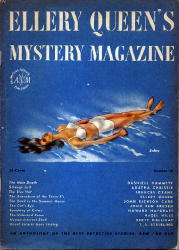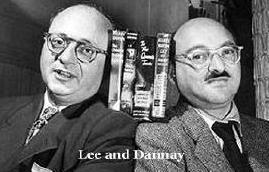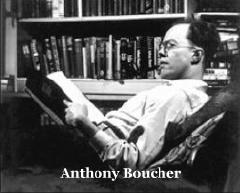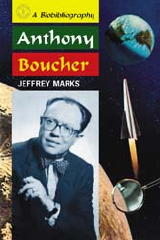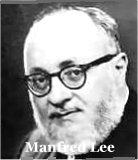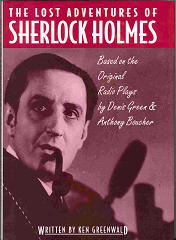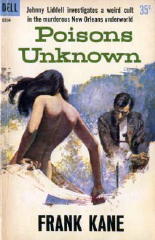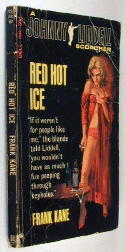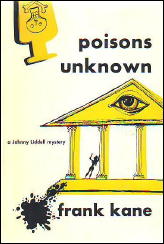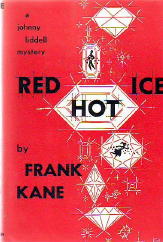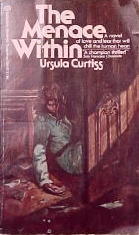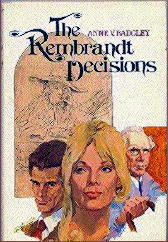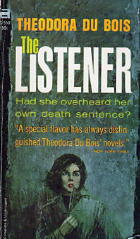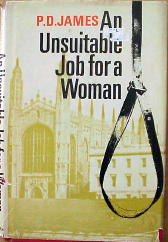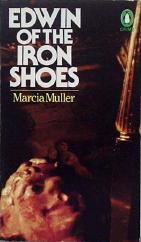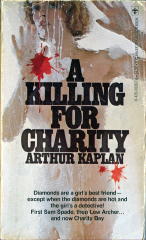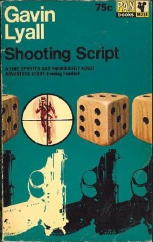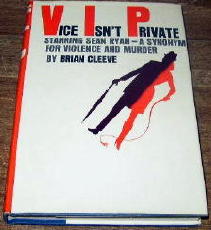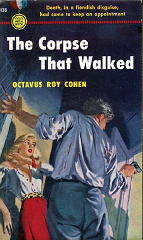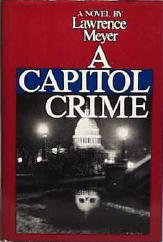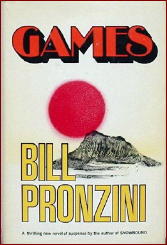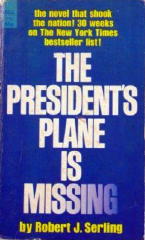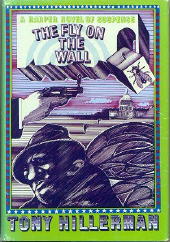Tue 24 Mar 2009
MIKE NEVINS on Graham Greene (re Perry Mason), Ellery Queen, and Harry Truman (re Stewart Sterling).
Posted by Steve under Authors , Columns[29] Comments
by Francis M. Nevins
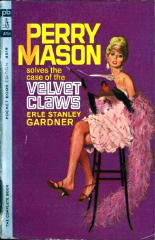
At the thought of Graham Greene reading Perry Mason novels the mind boggles, but we now have documentary evidence that he did — and apparently so did his friend and fellow titan of 20th-century English literature, Evelyn Waugh.
“Maybe we’ve been wrong about Perry Mason,” Greene wrote to Waugh on September 29, 1951. I’ve just been reading an early one — perhaps the first. The Case of the Velvet Claws. He kisses Della [Street] right on the lips & when his client notices the lipstick, he says ‘Let it stay.’ His client’s a girl & at one time he pushes her roughly onto a bed. He also makes her faint by third degree & slaps her with a wet towel to bring her round… [I]n the next case he drinks some red wine with a little French bread.”
The letter can be found on pp. 191-192 of Graham Greene: A Life in Letters, ed. Richard Greene (Norton, 2007) but it’s never mentioned in the Index.
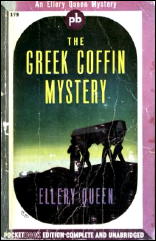
The three men and the lovely Asian woman arrived a few minutes early that Saturday morning. I was reminded of the invasion of Ellery and Richard Queen’s apartment in the first pages of The King Is Dead (1952) but these invaders — Japanese director Naoto Tanaka and two camera operators and a female interpreter — were on a more prosaic mission: to shoot some footage with me for a documentary on Ellery Queen, one of a series of four that are being made for Japanese TV. (The subjects of the other three are Poe, Agatha Christie and Raymond Chandler.)
They stayed for half a day and as far as I can tell the filming went well. At one point I was asked to name my two favorite Queen novels. This was almost impossible for me even when the director made it clear that I could exclude the four originally published as by Barnaby Ross.
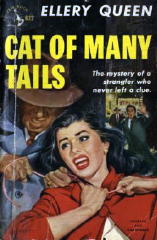
Since the early EQ novels (1929-35) were so radically different from those of the third period (1942-58), I argued that I should be allowed to pick two from each and chose The Greek Coffin Mystery and The Egyptian Cross Mystery from Period One and Ten Days’ Wonder and Cat of Many Tails from Period Three.
Tanaka then insisted that I opt for one from each of those periods. When I went for the Coffin and the Cat, he beamed, and said that those were his favorites too. Whatever footage from our interview winds up on the cutting-room floor, I suspect that bit will survive into the finished film. Of which I’ve been promised a DVD.
Just about everyone knows about the sign on Harry Truman’s desk, but how many know of its possible connection with mystery fiction? The story is briefly told on page 481 of David McCullough’s 1992 biography Truman.
“In the fall [of 1945, soon after FDR’s death and Truman’s unexpected rise to the presidency], Fred Canfil had given him a small sign for the desk. ‘The Buck Stops Here,’ it said. Canfil had seen one like it in the head office of a federal reformatory in El Reno, Oklahoma, and asked the warden if a copy might be made for his friend the President, and though Truman kept it on his desk only a short time, the message would stay with him permanently.”

The obvious follow-up questions are: Where did that warden get the sign? Was he or the person who had it made for him aware that a sign with an almost identical message figures in a mystery novel published just a few years before FDR’s death?
Five Alarm Funeral (1942) was the first novel in what became a long series about New York fire marshal Ben Pedley, written by super-prolific pulp writer Prentice Winchell (1895-1976) under his most frequently used pseudonym, Stewart Sterling.
At the beginning of Chapter Three, Pedley tells his assistant Barney that on the arson murder he’s presently investigating the Police Commissioner “has to pass the buck to somebody.” Barney: “You’d ought to have a new sign up on the door there….” Pedley: “What kind of a sign?” Barney: “‘The Buck’ — it oughta read — ‘Stops Right Here.'”
Perhaps Truman’s next biographer will look into the connection, if any, between this passage and the most famous sign in recent presidential history.
